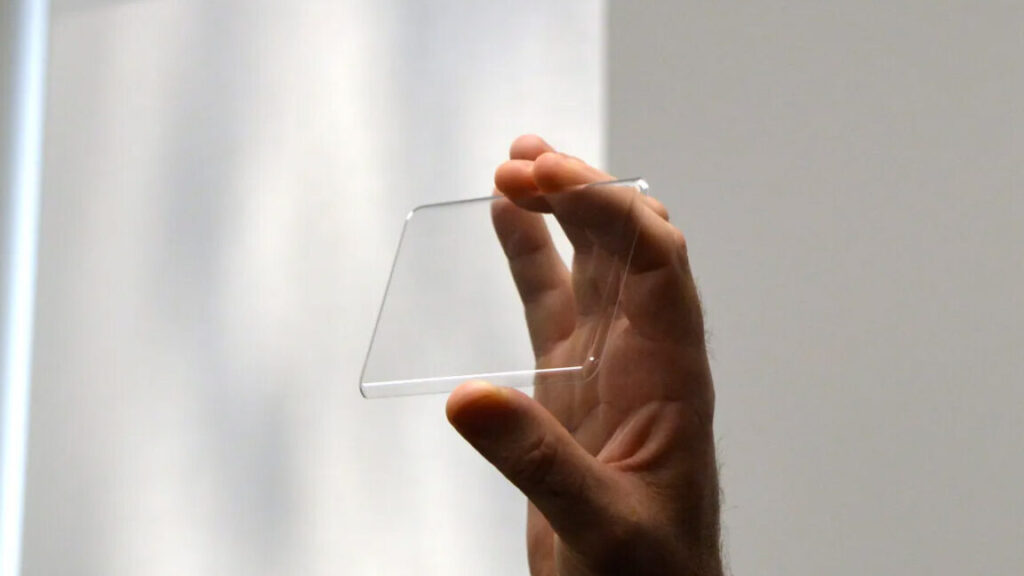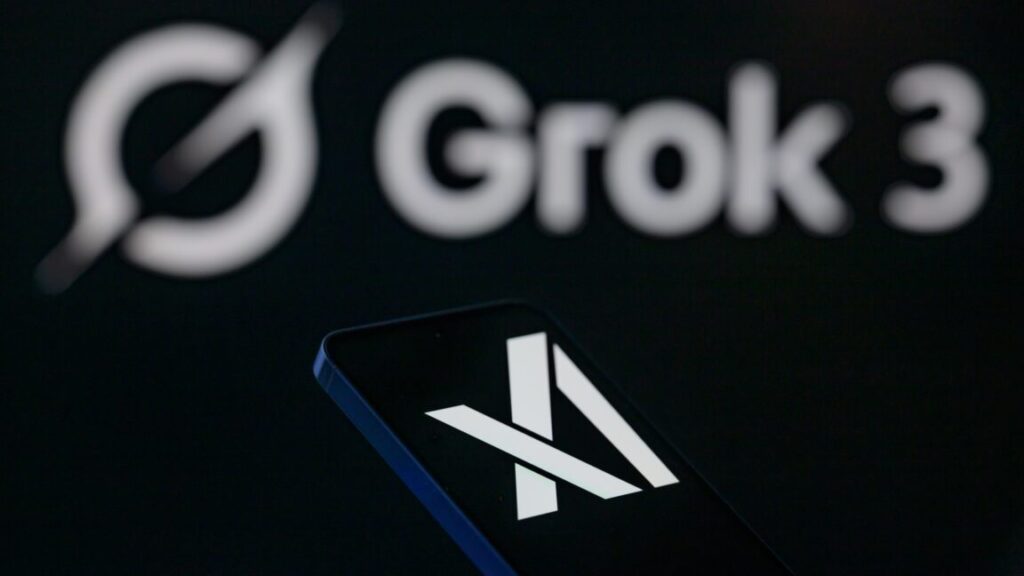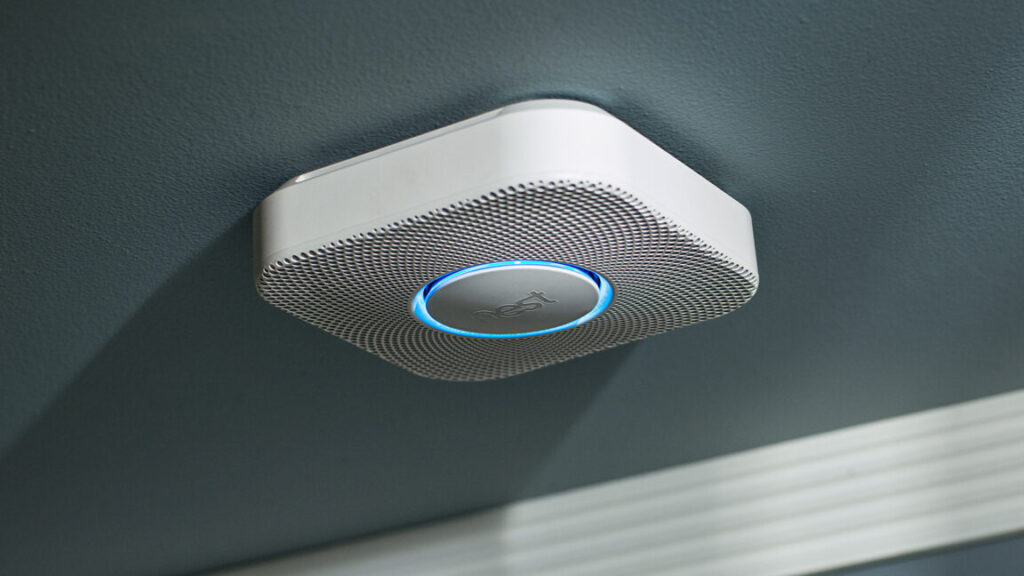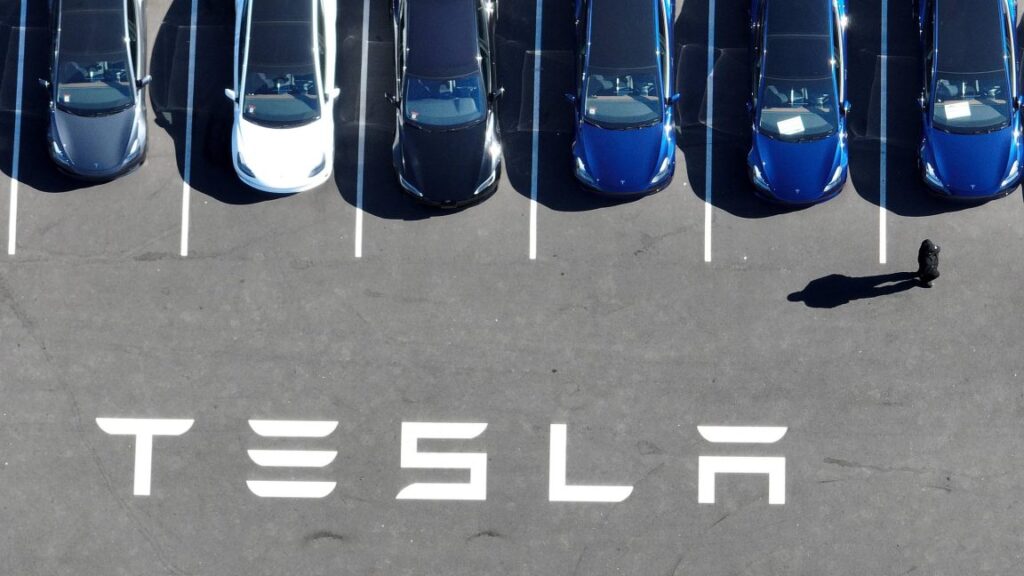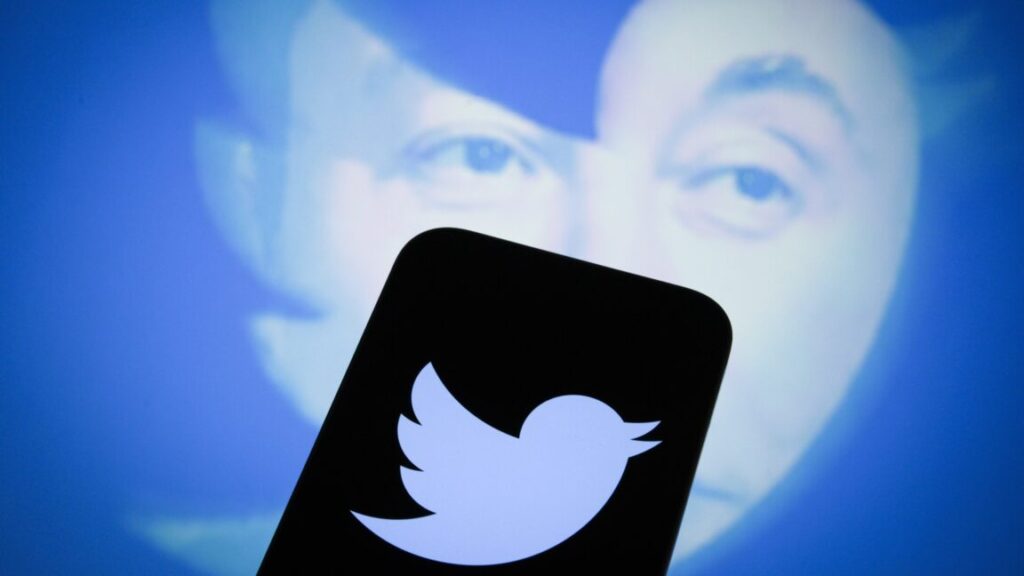Honda will sell off historic racing parts, including bits of Senna’s V10
Honda’s motorsport division must be doing some spring cleaning. Today, the Honda Racing Corporation announced that it’s getting into the memorabilia business, offering up parts and even whole vehicles for fans and collectors. And to kick things off, it’s going to auction some components from the RA100E V10 engines that powered the McLaren Honda MP4/5Bs of Ayrton Senna and Gerhard Berger to both F1 titles in 1990.
“We aim to make this a valuable business that allows fans who love F1, MotoGP and various other races to share in the history of Honda’s challenges in racing since the 1950s,” said Koi Watanabe, president of HRC, “including our fans to own a part of Honda’s racing history is not intended to be a one-time endeavor, but rather a continuous business that we will nurture and grow.”
The bits from Senna’s and Berger’s V10s will go up for auction at Monterey Car Week later this year, and the lots will include some of the parts seen in the photo above: cam covers, camshafts, pistons, and conrods, with a certificate of authenticity and a display case. And HRC is going through its collections to see what else it might part with, including “heritage machines and parts” from IndyCar, and “significant racing motorcycles.”
Honda will sell off historic racing parts, including bits of Senna’s V10 Read More »


